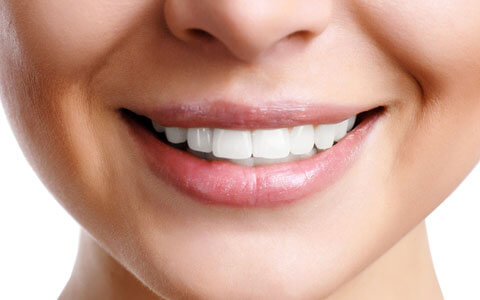Dental Terms
Crossbite Medicine Hat
A crossbite is a common dental issue, often present in childhood, that usually does not self-correct with age. It occurs when the upper and lower teeth do not align properly, affecting the front teeth, back teeth, or both.
In a typical bite, the upper teeth slightly overlap the lower teeth both at the front and back. When these rows of teeth do not meet correctly, it is considered a malocclusion, or "bad bite," which may require evaluation by a dental professional. Crossbites are generally classified into two types: posterior and anterior.
A posterior crossbite occurs when the upper back teeth bite inside the lower back teeth. An anterior crossbite happens when the upper front teeth sit behind the lower front teeth. Both types can lead to long-term dental issues if left unaddressed.
Potential consequences of an untreated crossbite include tooth decay, gum disease, uneven tooth wear, and strain on the jaw muscles, which may result in headaches or pain in the jaw, neck, shoulders, and back. In children and teens, severe misalignment may also affect facial growth and lead to low self-esteem.
Managing a Crossbite
Early evaluation by a dentist is important to identify a crossbite and determine appropriate treatment. Corrective methods can include braces, aligners, or other dental appliances to gradually improve the bite. Maintaining proper oral hygiene during treatment is essential to reduce the risk of cavities and gum problems. Regular brushing, flossing, and using an antibacterial mouthwash can help maintain oral health.
While crossbites are often easier to correct in children, adults can also benefit from treatment. Consulting a dental professional can provide guidance on the best approach to achieve proper alignment, oral health, and overall well-being.

